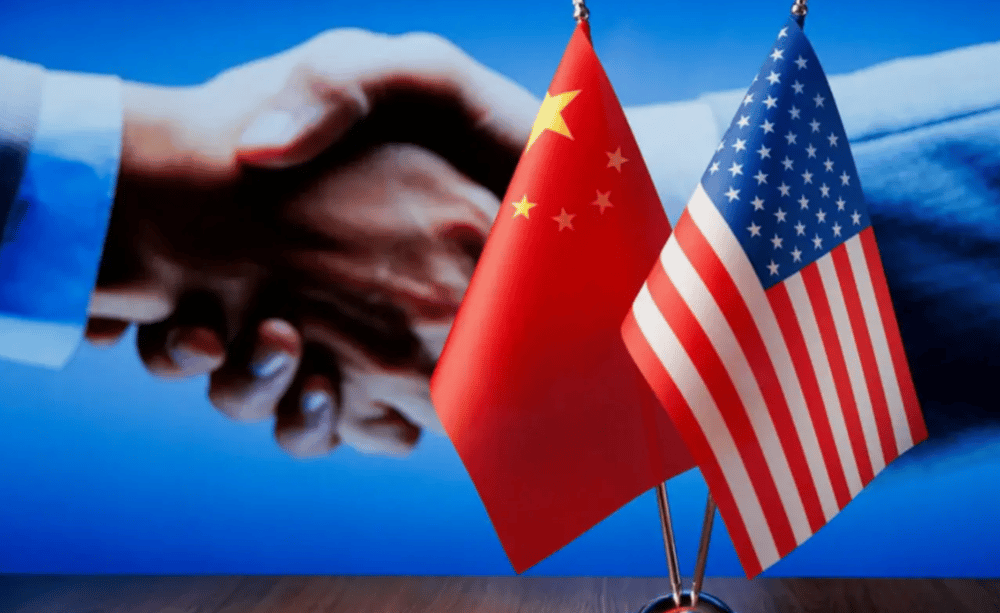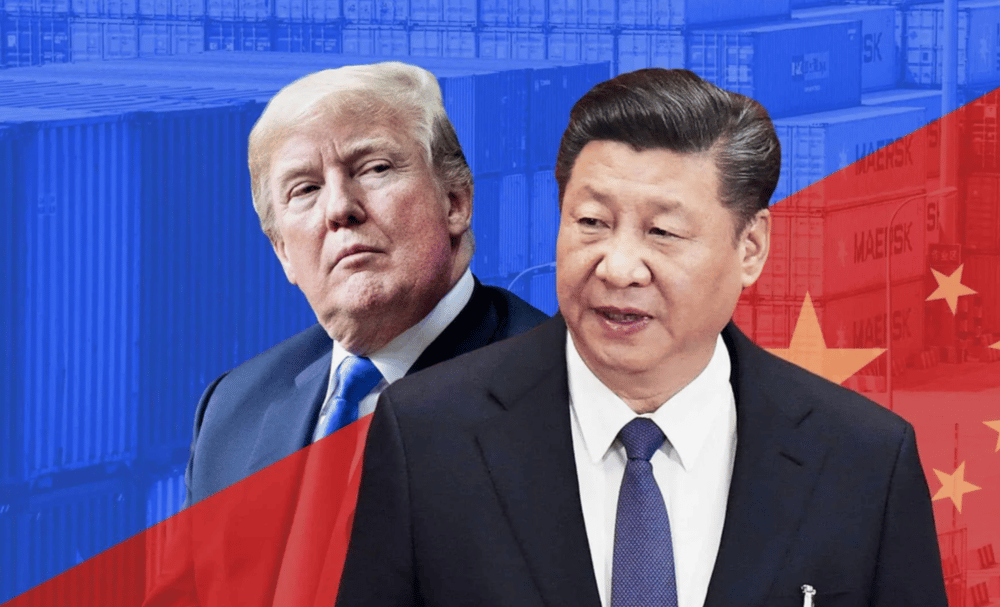U.S. Tariff Adjustment on Chinese Imports Reshapes Market Outlook for Trade-Exposed Sectors
In a pivotal move likely to reverberate across global supply chains and equity markets, the United States announced a significant adjustment in its trade policy with China. According to a White House directive issued Monday, the minimum tariff rate on Chinese imports will be reduced to 54%, down from the previous rate of 120%. Furthermore, a flat fee of $100 will be imposed starting May 14. This policy shift is poised to impact a range of industries—particularly those heavily dependent on imports from Asia—and could influence corporate margins, inflationary pressures, and broader market sentiment.
Implications for the U.S.-China Trade Dynamic
The Biden administration’s decision signals a recalibration of trade tensions that have long weighed on bilateral economic relations. The original tariff structure, established during the previous administration, was part of a broader effort to counteract what U.S. policymakers described as unfair trade practices by Beijing. However, as global inflationary concerns and supply chain disruptions persist, the policy realignment appears to be aimed at alleviating costs for American businesses without entirely abandoning a protectionist stance.
Industries ranging from consumer electronics to automotive parts may see relief in import expenses. The modified tariff structure could also encourage re-engagement between Chinese exporters and U.S. importers, potentially stabilizing sectors that have suffered from reduced trade volumes and cost inflation over the past several years.
Key Market Sectors Likely to Feel the Impact
Technology Hardware and Electronics: Companies such as Apple Inc. $AAPL and Dell Technologies Inc. $DELL could benefit from reduced input costs, particularly for components sourced from Chinese manufacturers.
Retail and Apparel: Lower tariffs could ease cost pressures on firms like Walmart Inc. $WMT and Nike Inc. $NKE, which rely heavily on Chinese production facilities.
Automotive and Auto Parts: Tesla Inc. $TSLA and General Motors Co. (GM) may experience changes in component pricing and supply consistency.
Consumer Goods: Procter & Gamble Co. $PG and other household product manufacturers might face improved margins due to lower manufacturing overheads.
Logistics and Shipping: Companies such as FedEx Corp. $FDX and United Parcel Service Inc. $UPS could see changes in shipping volumes and route demand as trade flows adjust.

Short-Term Repercussions and Market Reactions
In the immediate aftermath of the announcement, equity markets responded with cautious optimism. Shares of major import-reliant corporations experienced modest gains, while Chinese manufacturing indices recorded slight upticks in response to anticipated export volume growth. Still, investors and analysts remain wary of the policy’s execution and enforcement mechanisms.
Several factors merit close monitoring:
Supply Chain Adaptability How swiftly U.S. corporations recalibrate their procurement strategies to exploit tariff relief will determine the near-term effectiveness of this policy shift.
Inflationary Influence A key objective of the tariff adjustment is to mitigate cost-push inflation. Its impact on consumer prices will become clearer in the coming months.
Policy Reciprocity Beijing’s response, whether cooperative or retaliatory, will shape the sustainability of this new trade equilibrium.
Geopolitical Backdrop With U.S.–China relations influenced by broader strategic considerations, including Taiwan and technological sovereignty, any economic détente may be temporary.
Corporate Earnings Season Upcoming earnings reports will reflect how various sectors have positioned themselves ahead of the policy implementation on May 14.
Looking Ahead: Strategic Recalibration or Temporary Relief?
While the tariff reduction marks a notable policy pivot, its long-term impact hinges on broader geopolitical stability and corporate adaptation. The introduction of a fixed $100 fee suggests a hybrid approach—seeking to manage inflation without fully relinquishing leverage in ongoing trade negotiations. As the global economy remains in a delicate balance, this recalibration could provide temporary relief but is unlikely to eliminate underlying frictions in U.S.–China trade relations.















Comments